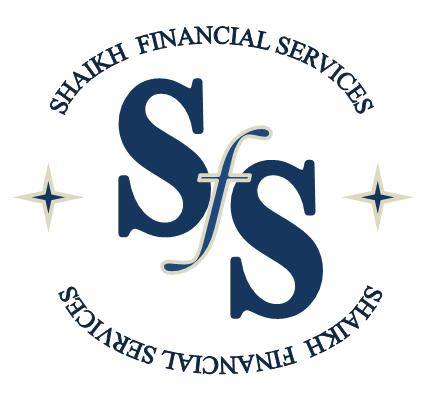Advisory Approach
If you have a keen, active interest in the financial markets and would prefer frequent managing your investments yourself, an advisory approach to managing your investments might be right for you.
Benefit from our expertise while enjoying more control
By adopting an advisory approach, you have the final say in all decisions relating to your investment. We'll work closely with you to help formulate your ideal strategy, advice on your decisions and consult on any changes to your portfolio.
As part of our service, you'll also benefit from:
- Comprehensive portfolio monitoring
- Regular valuations and performance updates
- Access to market news and information
- A proactive, tailored service
Discretionary Approach
Adopting our discretionary approach means that having agreed the strategy you want to follow, you delegate the day-to-day investment decisions relating to your portfolio to us. This is ideal if you don’t have the time or resources to commit to researching and monitoring the global financial markets yourself.
Developing the strategy that's right for you
To ensure all aspects of your investments are managed efficiently, before recommending an investment strategy we take the time to understand your circumstances, investment goals and risk profile.
We will then work closely with you to help formulate your ideal investment approach. Naturally, if your circumstances or market conditions change, we'll make sure that your investment strategy does too.
You'll be kept up-to-date with how your investments are working for you.
Contact us today to find out how our discretionary approach can help you build a diversified portfolio.
NOTE: This service is ONLY available to Global Clients.
Active and Passive Managment
We offer both Active and Passive Portfolio Management Services to our Global clients.
Active Management
Active management might best be described as an attempt to apply human intelligence to find "good deals" in the financial markets. Active management is the predominant model for investment strategy today. Active managers try to pick attractive stocks, bonds, mutual funds, time when to move into or out of markets or market sectors, and place leveraged bets on the future direction of securities and markets with options, futures, and other derivatives. Their objective is to make a profit, and, often without intention, to do better than they would have done, if they simply accepted average market returns. In pursuing their objectives, active managers search out information they believe to be valuable, and often develop complex or proprietary selection and trading systems. Active management encompasses hundreds of methods, and includes fundamental analysis, technical analysis, and macroeconomic analysis, all having in common an attempt to determine profitable future investment trends.
Passive Management
Passive management is investing in broad sectors of the market called asset classes or indexes, like active investors with the desire to make a profit, but accept the average returns various asset classes produce.
Although we provide both Active and Passive Management Solutions to our clients depending on their need & requirements, we have a personal preference of Active Management over Passive Management.
Why do we prefer active management over passive?
At its most basic level, active management is an approach to the financial market which maintains that the greatest returns can be generated by moving in and out of markets at the appropriate time. Of course “appropriate time” is the operative word, and within the world of active traders there is great debate about what that is. For example “Appropriate time” in Stocks for some investors is based on a company reaching a specific price. For others, it may have nothing to do with the performance of a specific stock at all, and is triggered by “buy” or “sell” levels based on the overall market.
“Active management” is philosophically opposed to the “buy and hold” approach, which is based on the theory that an individual investor cannot outperform the overall market, and the prudent approach is simply to buy great companies and sit back.
Active management advocates would respond to that by saying it is no longer wise to take that approach. For example, for years if not generations there were few greater companies in America than Kodak. Kodak was a greatly loved iconic brand that enjoyed dominant market share and exhibited technological leadership. But dramatic changes in their industry – led by the move to digital photography – destroyed the company’s value and position.
The active management approach argues that market volatility – which has increased in recent years due to computer trading which moves large blocks of stocks extraordinary flashed –creates opportunities can be capitalized on. Active investors will often use trading techniques that include short-selling – betting that a stock will go down – as well as more sophisticated strategies that include “betting against the box,” collars, and many others.
Active investors range from those involved in day-trading to those who make frequent shifts in their portfolios. But as market complexity and volatility continue to increase, many who believe that the theory behind active investment is the right one – particularly as conditions are changing faster than ever before – find it difficult to implement that strategy in their own portfolios.
Potential investors can find a manager who best reflects their approach to active trading. For example, some are day traders; others aren’t making trades on a daily basis but take a very aggressive approach to keeping their portfolios current based on rapidly changing conditions, and the quickly occurring opportunities that result.
Given the fundamental changes in the economy globally, it’s likely that the active management approach will likely grow in influence. Even Warren Buffet, the most famous “buy and hold” investor, has been taking a more active view of his Berkshire Hathaway portfolio in recent years.
